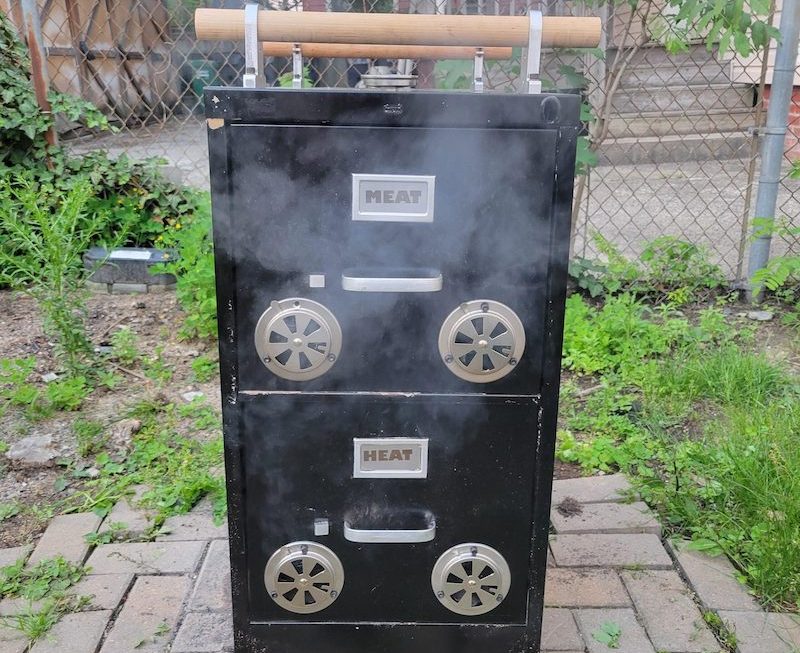Introduction:
Antique medicine cabinets have a certain allure and charm that modern cabinets simply cannot replicate. These beautifully crafted pieces of furniture were not only functional, but also served as decorative elements in homes of the past. Today, antique medicine cabinets continue to be sought after by collectors and homeowners who appreciate the craftsmanship and history behind these unique pieces. In this blog article, we will explore the enduring appeal of antique medicine cabinets, their historical significance, and how to incorporate them into modern homes.
Part 1: Historical Significance
Level 1: The Evolution of Medicine Cabinets
Throughout history, the concept of storing medicine and other health-related items has evolved. From simple wooden boxes to ornate, wall-mounted cabinets, the design and purpose of these storage units have changed significantly over time.
Level 2: Apothecary Origins
The origins of medicine cabinets can be traced back to the apothecaries of the 18th and 19th centuries. These early pharmacists needed a place to store their various remedies and potions, leading to the development of the first medicine cabinets.
Part 2: Features and Materials
Level 1: Design Elements
Antique medicine cabinets often feature intricate carvings, ornate details, and exquisite craftsmanship. These unique design elements set them apart from modern, mass-produced cabinets.
Level 2: Materials Used
Antique medicine cabinets were typically constructed using high-quality woods such as oak, mahogany, or cherry. Glass panels, brass hardware, and decorative embellishments were also common features of these cabinets.
Part 3: Collecting and Restoring
Level 1: Collecting Antique Medicine Cabinets
Antique medicine cabinets are highly sought after by collectors, especially those who appreciate the history and craftsmanship behind these pieces. Collectors often look for cabinets that are in good condition, with all original hardware and detailing intact.
Level 2: Restoring Antique Medicine Cabinets
Restoring an antique medicine cabinet requires a delicate touch and an understanding of the materials and techniques used in its construction. Professional restoration services can help bring a worn or damaged cabinet back to its former glory.
Part 4: Incorporating Antique Cabinets into Modern Homes
Level 1: Decorative Touch
Antique medicine cabinets can add a touch of vintage charm to modern homes. Whether used in the bathroom, bedroom, or kitchen, these unique pieces can elevate the style and character of any room.
Level 2: Functional Storage
Beyond their decorative appeal, antique medicine cabinets offer practical storage solutions. Their shelves and compartments provide ample space for storing toiletries, linens, or other household items.
Part 5: Finding and Caring for Antique Medicine Cabinets
Level 1: Where to Find Antique Medicine Cabinets
Antique stores, auctions, and online marketplaces are all excellent places to find antique medicine cabinets. Visiting estate sales and flea markets can also yield unique and affordable finds.
Level 2: Caring for Your Antique Cabinet
Proper care and maintenance are essential for preserving the beauty and value of antique medicine cabinets. Regular dusting, polishing, and avoiding exposure to direct sunlight can help prolong the life of these timeless pieces.
Part 6: Restoration of an Antique Medicine Cabinet
Restoring an antique medicine cabinet is no easy task, but with patience and the right tools, it can be a rewarding project. The first step in the restoration process is to thoroughly clean the cabinet, removing any dirt, dust, and debris that may have accumulated over the years. This can be done using a gentle soap and water solution and a soft cloth.
Once the cabinet is clean, the next step is to assess any damage and make any necessary repairs. This may include fixing loose or broken hinges. Replacing missing knobs or handles, or repairing any scratches or dents in the wood. These may also need to be replaced if they are cracked or damaged.
After any repairs have been made, it’s time to refinish the cabinet. This may involve sanding down the existing finish and applying a new coat of stain or paint. Depending on the desired look. If the cabinet has any intricate carvings or details, these should be carefully preserved and highlighted during the refinishing process.
Finally, once the cabinet has been restored to its former glory, it’s important to properly care for it to ensure it lasts for years to come. This may include regularly dusting and polishing the wood. As well as avoiding any harsh chemicals or cleaners that could damage the finish.
Restoring an antique medicine cabinet is a labor of love, but with the right approach, it can become a beautiful and functional piece of history in any home.
Part 7: Displaying an Antique Medicine Cabinet
Once an antique medicine cabinet has been restored, it’s time to find the perfect place to display it. Depending on the size and style of the cabinet, there are a few different options for showcasing it in a home.
One popular option is to hang the cabinet on the wall in a bathroom or powder room. This allows the cabinet to be both functional and decorative, providing additional storage space while also adding a touch of vintage charm to the room. When hanging the cabinet, it’s important to ensure that it is securely anchored to the wall to prevent any accidents.
Another option is to repurpose the cabinet as a display case in a living room or dining room. This can be a great way to show off any antique glassware, dishes, or other collectibles. This can serve as a convenient spot to store keys, mail, or other small items, while also making a statement with its historical charm. No matter how it’s displayed, an antique medicine cabinet is sure to bring character and personality to any room in the home.
Part 8: Preserving the Legacy of an Antique Medicine Cabinet
As the owner of an antique medicine cabinet. It’s important to take steps to preserve its legacy for future generations to enjoy. One way to do this is by documenting the history of the cabinet. Including any known details about its origin, previous owners, and any significant events or stories associated with it.
Additionally, it’s important to properly care for the cabinet to prevent any further damage or deterioration. This may include regular cleaning and dusting. As well as avoiding exposure to direct sunlight, extreme temperatures, or high humidity. It’s important to handle items with care and avoid overloading it to prevent any strain on the hinges or shelves.
Finally, considering the option of insuring the antique medicine cabinet is important to protect its value in case of any unforeseen events. By taking these steps, the legacy of an antique medicine cabinet for years to come, are allowing it to continue to be a piece of history and a beautiful addition to any home.
Conclusion:
Antique medicine cabinets are storage units that were popular in the 19th and early 20th centuries for storing medications and medical supplies in homes and doctor’s offices. Antique medicine cabinets offer a unique blend of history, craftsmanship, and practicality. Their enduring appeal continues to captivate collectors and homeowners alike, making them cherished additions to any space. Whether seeking a decorative accent or a functional storage solution, antique medicine cabinets are sure to infuse a sense of timeless elegance into any home. Today, antique medicine cabinets are unique vintage charm for their original purpose for storing a variety of items in homes, offices, and businesses. They are also popular with collectors of antique and vintage furniture.






